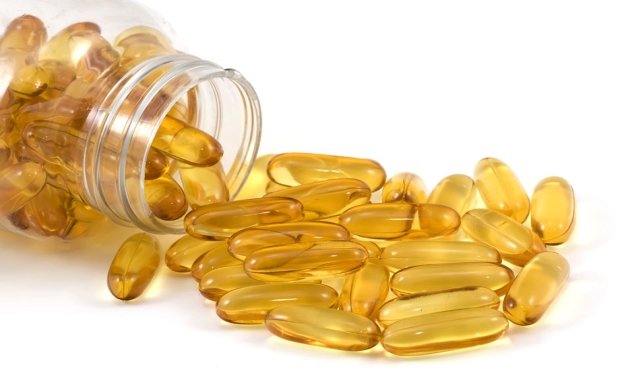Since more people around the world tend to suffer from hypertension (it is a lifestyle disease that has reached epidemic proportions) than hypotension, health experts seem to be preoccupied with how to deal with the former. However, grappling with and improving low blood pressure after eating food can be as demanding or taxing as tackling high blood pressure. Optimal or normal blood pressure reading hovers around 120/80mmHg (systolic/diastolic) in healthy individuals (1).
In case your blood pressure subsides well below the aforementioned ratio, say in the region of 90/60mmHg, but you don’t exhibit any symptoms normally associated with low pressure, then there is no cause for concern.
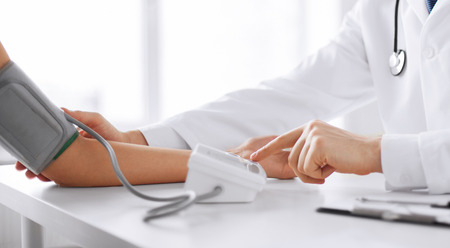
Possible Symptoms and Indications
On the other hand, if you experience vertigo, and feel lightheaded more often than not, then it could mean that you’re suffering from chronic hypotension. Those registering a low BP reading fairly consistently are said to be hypotensive and the diagnosis could potentially indicate a serious underlying issue linked with the endocrine system or the heart.
Additionally, low blood pressure could also be indicative of a grave neurological disorder. Normal blood supply to the brain and cardiac (heart) muscles are compromised with ultimately depriving both the organs of the much-needed nutrients and oxygen. As you grow older, plaque builds up in the blood vessels adversely affecting the supply of blood to the upper extremities including the heart and the brain (2).
Low Blood Pressure Facts
- Nearly 10-20% of the populace aged over 65 is beset with chronic hypotension.
- If you’re diagnosed with low blood pressure, your physician may recommended you to make specific lifestyle changes, change your current medications, and/or prescribed medicines for treating hypotension.
- He or she may suggest some low blood pressure diet and exercise.
- You may have to take more low blood pressure diet foods like whole grains, vegetables, fruits, fishes rich in omega-3 fatty acids, and increasing your table salt intake.
Essential Tips
- Stick to a healthy and wholesome diet: Your body needs nutrients on a regular basis, and more so as you grow older. Since the organs in your body are not able to function with the same efficiency as they did when you were younger, you’d need to offset or make up for this insufficiency by consuming fresh and natural food items. In order words, you’d have to eat more homemade food items prepared from whole grains like rice, wheat, maize, barley, and millets (3).
- Include more fresh vegetables and fruits in your diet including but not limited to green peas, French beans, tomatoes, ridge gourds, striped gourds, salad veggies, leafy veggies, apples, oranges, grapes, bananas, blueberries, and mangoes. Feast on dry fruits that include a variety of nuts, take meals cooked from lentils, pulses, and seeds like kidney beans, sesame seeds, black beans, and so on. Eat foods rich in proteins like chicken, eggs, quails, and different types of fish including salmon, sardine, tuna, trout, cod, halibut, and a variety of anchovies.
- In case you’re a vegetarian to the boot, you’ll be more prone or susceptible to be beset with low blood pressure. This is so because a completely vegan diet means that your body is not getting its routine dose of animal proteins and fats which in turn may lead to your BP plummeting abnormally.
- Even if you don’t experience dizziness or feel weak despite having low pressure, you should incorporate lean meats into your diets and take fresh dairy products like low-fat cheese, yogurt, cottage cheese, and skimmed milk (4).
- Potassium is one mineral that can be extremely effective in normalizing your blood pressure. In any case, you’d have to increase the uptake of foods abounding in potassium as you age for the sake of your cardiovascular health. Foods that essentially contain a high proportion of potassium are chia seeds, bananas, legumes, some particular types of vegetables, and citrus foods. Seek the recommendations of your doctor with regards to low blood pressure diet recipes.
- Reduce your alcohol consumption and stay well hydrated
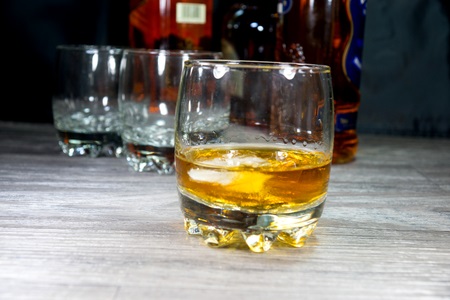
Another effective tip that can go a long way in enabling you to keep your BP under control and prevent the same from plunging abnormally is to reduce alcohol intake if you’ve been drinking quite heavily. Alcohol has a numbing effect on your nerves and can interfere with your cognitive or memory skills. Significantly enough, alcohol can make you inordinately dehydrated that in effect, can lead to an anomalous drop in systemic blood pressure.
So, it doesn’t need to be emphasized that you’d have to curb alcohol consumption and limit yourself to a couple of drinks per week. On the other hand, augmenting water uptake will not only check dehydration but also help maintain the normal range of blood pressure. Drink nothing less than 2 liters of water every day as well as take other nutritious fluids and liquid supplements (5).
- Have more sodium chloride or salt
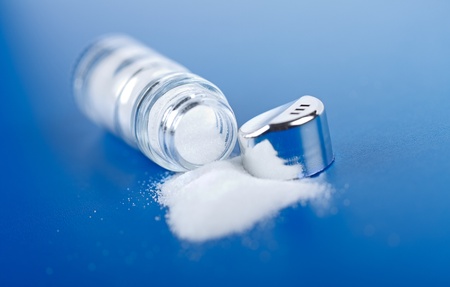
Generally, we’re advised are cut back on consumption of sodium chloride or table salt as it is hygroscopic in nature absorbing moisture from the body, and excessive intake of the same can cause dehydration. One can either cook foods by adding more salt to the meals or taking salt during partaking of breakfast, lunch or dinner. Nevertheless, you should always consult with your physician regarding the exact amount of additional salt uptake.
- Individuals having afflicted with low blood pressure are advised by their GPs to incorporate extra helpings of salt in their diets as patients with low BP are usually salt-deficient.
- Taking processed foods laced with salt or gulping down salt tablets to compensate for the deficit.
- Have more small portions and eat lesser high-carbohydrate foods
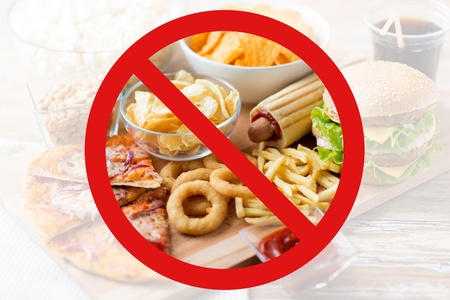
Taking a heavy breakfast or lunch can cause your blood pressure to fall sharply. The solution lies in meals frequently that are broken down into smaller portions.
- To put it simply, instead of having a heavy breakfast or brunch at one go break down the repast into small portions and take these on a piecemeal basis spread over the entire day.
- Go slow on consumption of food items that are rich in carbohydrates like potatoes, yams, rice, processed breads, and pasta. Partaking of small dishes frequently can aid in the prevention of postprandial hypotension (5).
Concluding Remarks
To say the last but not the least, make it a point to discuss with your GP about low blood pressure diet and treatment. Alternatively, he or she can help you out with drawing a low blood pressure diet chart or low blood pressure diet plan where you can see at a glance the kind of foods that you’ll be able to eat.
References:
- http://naturimedica.com
- http://timesofindia.indiatimes.com
- http://www.webmd.com
- http://www.nhs.uk
- http://www.mayoclinic.org


